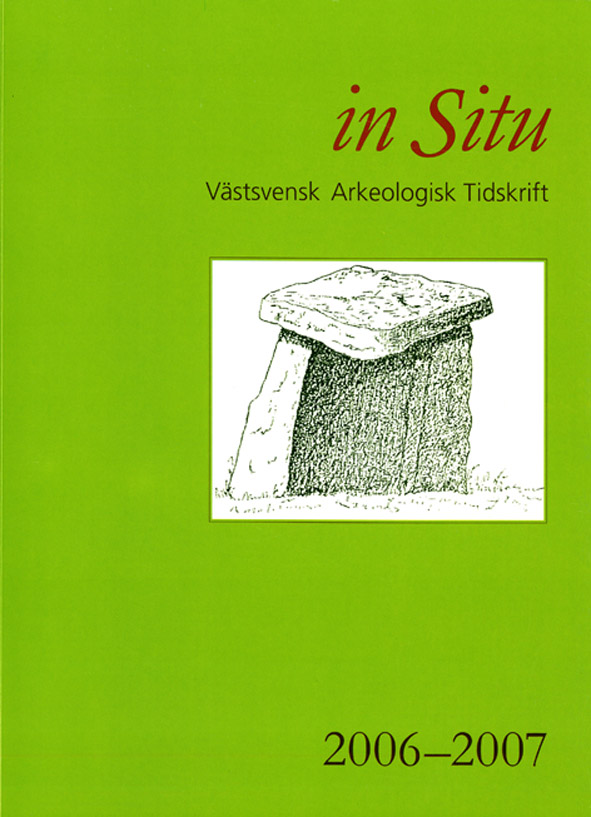Knark, fimpar och kapsyler
– samtidsarkeologi i Göteborg
DOI:
https://doi.org/10.58323/insi.v7.13420Keywords:
Contemporary ArchaeologyAbstract
The contemporary archaeological project, Parkeologiprojektet started as an examination of whether archaeological methods could be used to confirm, contradict and/or complement the image of what Gothenburg’s green public areas are used for. The municipality of Gothenburg has created sociotopical maps that are supposed to describe the way these areas are used. Our project started with an archaeological survey of the surface of an area surrounding three park benches in Näckrosdammen, a park close to the Gothenburg University Library. Our findings suggested that the use described in the maps did not conform to the actual use of the area. While the maps described what people had answered in surveys, the remains told a different story; one of the use of alcoholic beverages, spirits and drug abuse. In relation to our general outline regarding the socio-topic maps the paper also discusses concepts like democracy and cultural heritage, and stresses that the latter should be replaced by the concept of place. This conclusion is based upon the assumption that the cultural heritage concept fails to communicate with marginal groups in the society, which is a less desirable situation in a democratic perspective. In our study we have found that archaeology can be a useful
tool for discovering and determining how public areas are used and that archaeology is well suited to conduct studies of the contemporary society.
Downloads
Downloads
Published
How to Cite
Issue
Section
License
Authors contributing to In Situ Archaeologica agree to publish their articles under a Creative Commons License. This gives third party different rights to use the material under certain conditions. These rights is defined by which license the article is published and it is the third partly responsibility to ensure that the license is fullfilled in any re-use of the material. Authors always retain copyright of their work and any re-use of the material presumes that appropriate credit is given the author, a link is provided to the license, and any changes made are clearly indicated.



